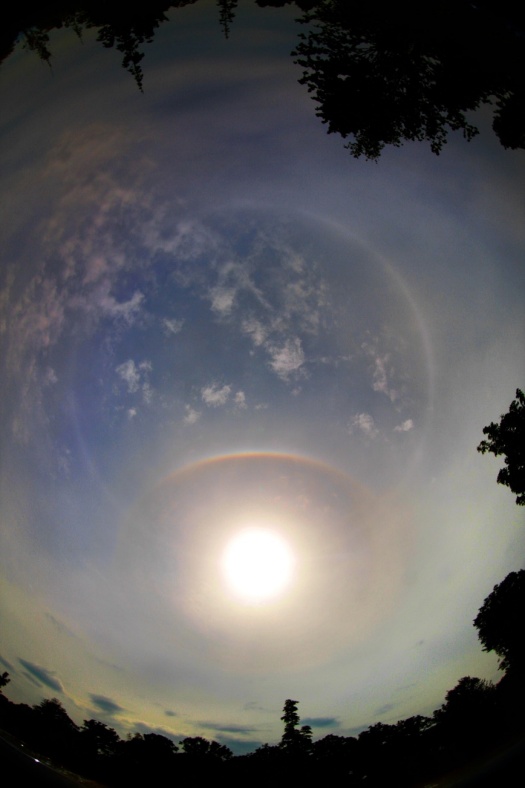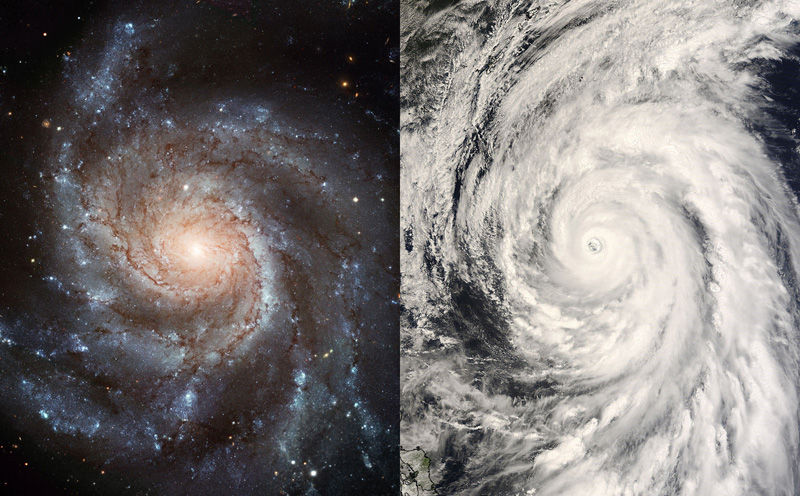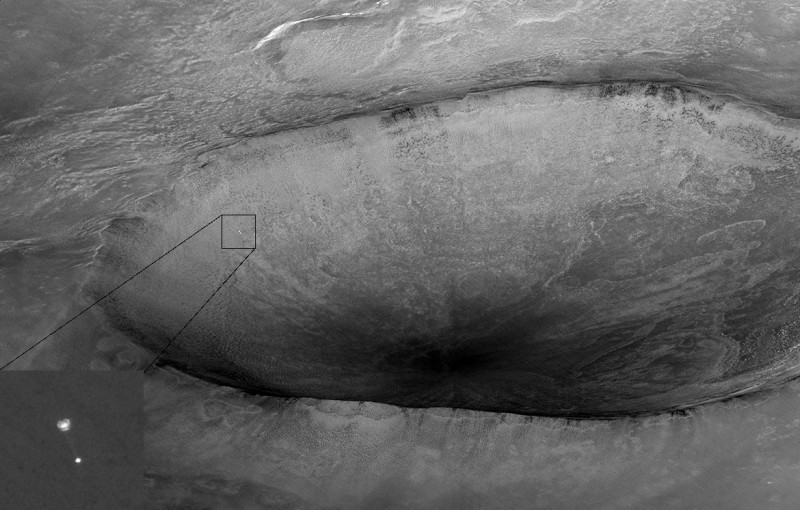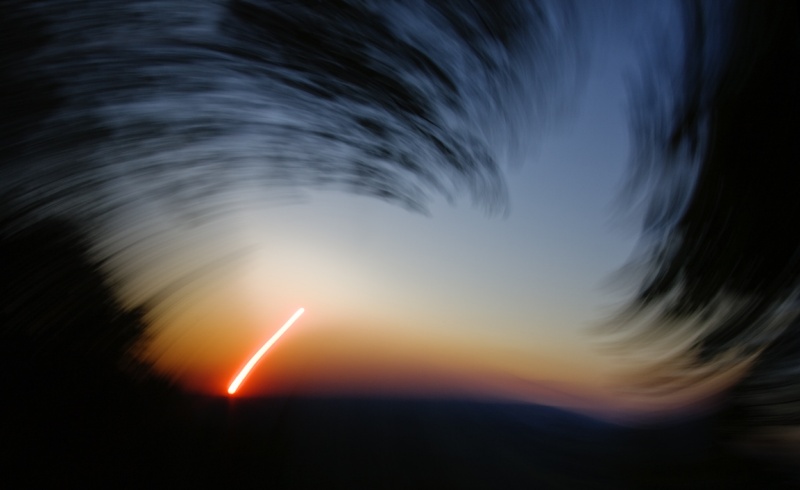View attachment 57506
Alborz Mountain Milky Way
Credit & Copyright: Babak Tafreshi (TWAN)
Explanation: Snow-capped stratovolcano Mt. Damavand climbs to 5,670 meters (18,598 feet) near the left edge in this panoramic view of the world at night. In the sky to the left of Damavand's peak are the stars of the Big Dipper in Ursa Major. Pan to the right and your gaze will sweep across the arch of our Milky Way Galaxy above the Alborz Mountain Range bordering the Caspian Sea. Near the center of the panorama, recorded in the predawn hours of April 4th, bright stars Deneb and Altair lie close to the curve of the Milky Way, above the glow of the Haraz valley. Farther right, brilliant Jupiter dominates the sky near the stars, nebulae, and dark dust clouds toward the bulging galactic center. Finally, the horizon glow at the right edge, below bright yellowish giant star Antares, is from the city of Damavand, named for the legendary mountain peak.
View attachment 57515
Babak A. Tafreshi was born in 1978 in Tehran, Iran. He is a science journalist and educator, an active amateur astronomer, nature and night photographer and editor at astronomy Magazine of Iran.
View attachment 57516
Babak has also contributed astrophotography featuring Iran's landmarks and night sky to the US magazines, Sky and Telescope, Astronomy and Mercury. Well-versed in the many cultures, geography and archaeology of this complex country, he has led visitors to major tourist destinations but is best known for his trips off the beaten path, From wandering in magnificent forest of Northern Iran to Dry deserts of central areas of the country, from Modern cities of Europe and US to most remote areas of Africa.
His wife, Shadi, joins him on many of his frequent trips from their Tehran home to the wild and historic places of Iran. Joining Oshin D. Zakarian they have started photography in self guide experience in 1992.
His deep passion to night sky and spectacular moments such as solar eclipses, guide him to the heavens.
Alborz Mountain Milky Way
Credit & Copyright: Babak Tafreshi (TWAN)
Explanation: Snow-capped stratovolcano Mt. Damavand climbs to 5,670 meters (18,598 feet) near the left edge in this panoramic view of the world at night. In the sky to the left of Damavand's peak are the stars of the Big Dipper in Ursa Major. Pan to the right and your gaze will sweep across the arch of our Milky Way Galaxy above the Alborz Mountain Range bordering the Caspian Sea. Near the center of the panorama, recorded in the predawn hours of April 4th, bright stars Deneb and Altair lie close to the curve of the Milky Way, above the glow of the Haraz valley. Farther right, brilliant Jupiter dominates the sky near the stars, nebulae, and dark dust clouds toward the bulging galactic center. Finally, the horizon glow at the right edge, below bright yellowish giant star Antares, is from the city of Damavand, named for the legendary mountain peak.
View attachment 57515
Babak A. Tafreshi was born in 1978 in Tehran, Iran. He is a science journalist and educator, an active amateur astronomer, nature and night photographer and editor at astronomy Magazine of Iran.
View attachment 57516
Babak has also contributed astrophotography featuring Iran's landmarks and night sky to the US magazines, Sky and Telescope, Astronomy and Mercury. Well-versed in the many cultures, geography and archaeology of this complex country, he has led visitors to major tourist destinations but is best known for his trips off the beaten path, From wandering in magnificent forest of Northern Iran to Dry deserts of central areas of the country, from Modern cities of Europe and US to most remote areas of Africa.
His wife, Shadi, joins him on many of his frequent trips from their Tehran home to the wild and historic places of Iran. Joining Oshin D. Zakarian they have started photography in self guide experience in 1992.
His deep passion to night sky and spectacular moments such as solar eclipses, guide him to the heavens.
Last edited:






